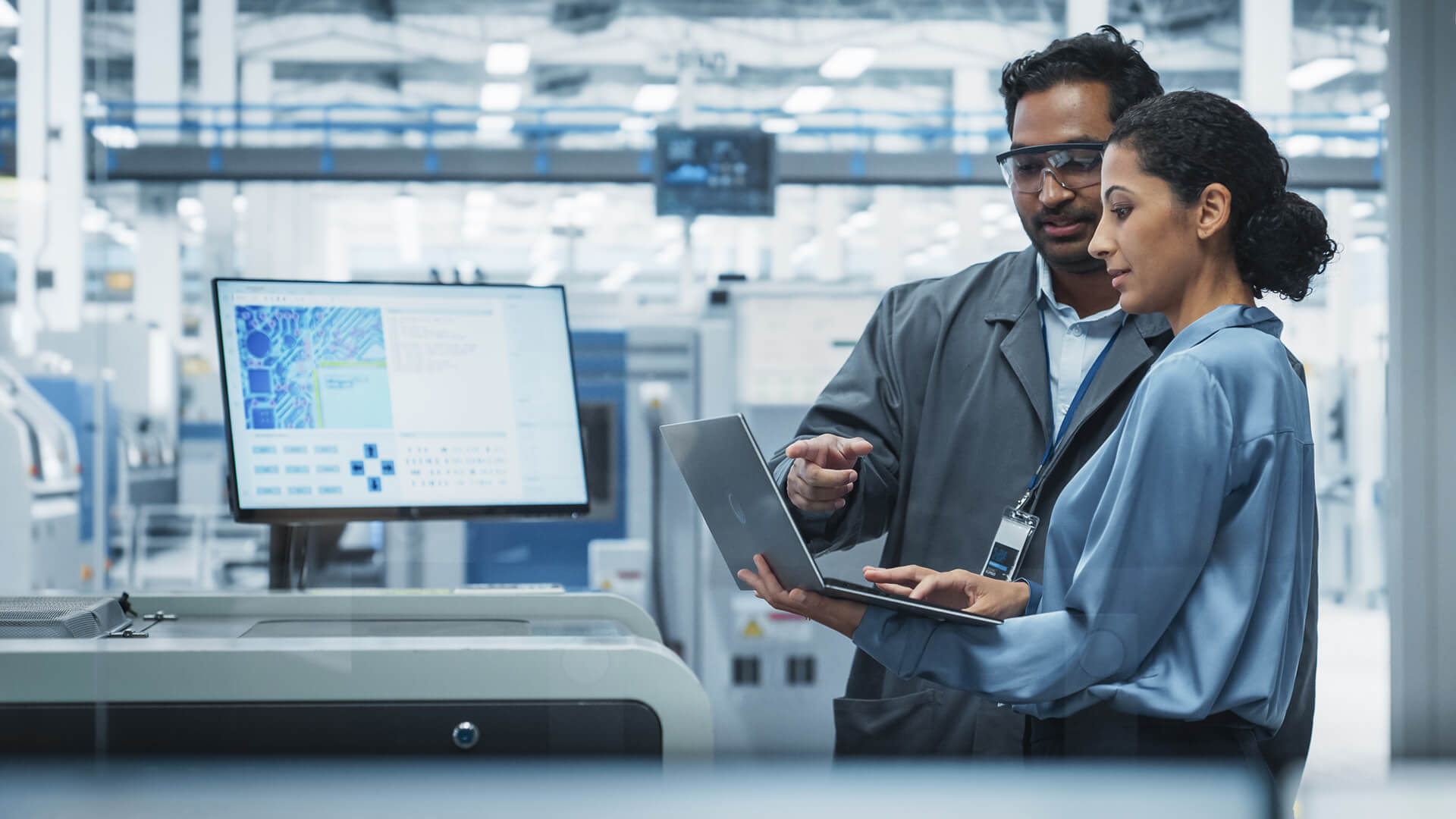Top Four Engineering Trends to Watch in 2025
The world of engineering is rapidly evolving, driven by technology advancements, sustainability efforts and growing demands for innovative solutions across industries.
In 2025, we expect the following trends to dominate the engineering landscape:
1. Artificial Intelligence and Machine Learning Integration Picks Up
Artificial intelligence (AI) adoption around the world has surged recently. In a 2024 report, nearly three-fourths of organizations said they were using AI in at least one business function, compared to around half in the previous six years.
In 2025, AI use is poised to become a business imperative, generating data-driven insights, automating decision-making, and enabling personalized recommendations and experiences.
To maximize the benefits of these tools — in areas ranging from predictive maintenance to robotics to autonomous vehicles — organizations will increasingly integrate AI with machine learning (ML) algorithms and models. AI can utilize ML models to analyze and interpret complex datasets, while ML-powered automation can make AI systems more responsive.
2. Cybersecurity and Data Privacy Converge
Amid surging technology adoption and a complex patchwork of (often overlapping) regulations, cybersecurity and data privacy functions will intersect more than ever in 2025. In tandem, they can help protect sensitive data, ensure compliance with an increasing number of regulations, and maintain trust and business continuity.
AI will play a role here, too, both in combating cyberattacks and creating new vulnerabilities. For instance, employees are often using AI tools without appropriate governance in place and developers are ramping up coding efforts without considering whether AI-model-generated code meets current security standards.
More than ever, organizations will need to proactively address these and other risks by encrypting sensitive data, implementing firewalls and access controls, conducting regular security monitoring and audits, and managing data access, particularly when engaging with third-party vendors.
3. Post-Quantum Cryptography Becomes Critical
Organizations need to prepare for future cybersecurity risks, too. After all, fully functional quantum computers — which 72% of tech executives, investors and quantum computing academics believe will arrive by 2035 — will be able to break current encryption methods. In fact, cybercriminals have already laid the groundwork with “harvest-now, decrypt-later” attacks, in which they steal encrypted data in anticipation of eventually having quantum computers decrypt it.
Post-quantum cryptography (PQC) involves the development of cryptographic algorithms that can defend against these attacks while functioning on traditional computers. Major institutions are taking note: the National Institute of Standards and Technology has led prominent efforts to standardize PQC algorithms, focusing on public-key encryption, digital signatures, and key exchange mechanisms.
In 2025, organizations must start to lay the groundwork for this shift. A recent report found that 61% of respondents are planning to adopt PQC within the next five years — but only 41% are currently preparing to do so. One hurdle may be interoperability — a successful transition to PQC requires seamless integration with existing protocols and infrastructure, which can be difficult given that PQC contains larger key sizes, cyphertexts and signatures.
4. Agentic AI Takes Center Stage
Agentic AI refers to AI systems that exhibit a level of autonomy, intentionality or goal-directed behavior, often appearing to act as independent agents within a given environment (e.g., autonomous vehicles, robotic systems and virtual assistants).
Such systems can make decisions, take actions and adapt based on their programmed objectives or learned behaviors, sometimes even in dynamic or unpredictable contexts. Moving forward, agentic AI will be led by multi-agent frameworks that enable dynamic decision-making, adaptive learning and seamless integration into diverse ecosystems.
However, agentic AI tools can create obstacles and risks of their own, from security issues and unpredictable behaviors to scalability challenges and resource constraints — not to mention ethical concerns. Establishing comprehensive governance frameworks, robust testing and training, and regular security audits can help.
Conclusion
In 2025, engineering will continue to be shaped by the convergence of advanced technologies like AI and ML, as well as data privacy and cybersecurity functions. In the process, innovative technologies previously constrained to research labs and academic settings will get into the hands of more business leaders and employees across industries and geographies.
But 2025 will also be the year organizations take new leaps forward, be it with agentic AI systems or post-quantum computing. In other words, engineering will no longer simply be about machine intelligence, but smart intelligence and cryptic security.
Though we can’t be sure what the future may hold, what’s clear is that 2025 will be an exciting year for the engineering community.
At Actalent, we understand that future-proofing your organization requires ongoing innovation across the business. Connect with our systems and software team to discuss how we can help.



